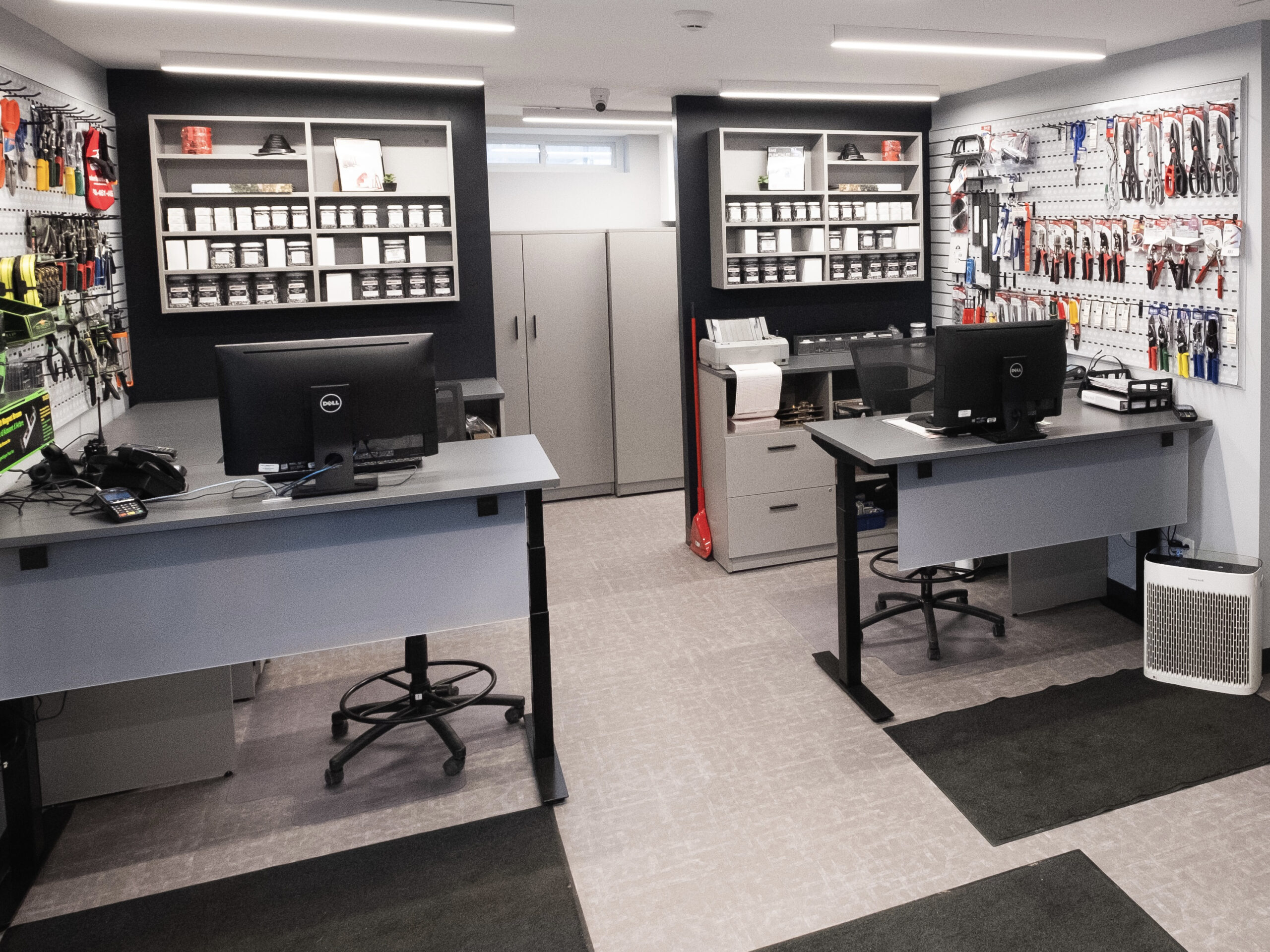Proper cable management is essential for both residential and commercial spaces, significantly improving safety, organization, and efficiency. Investing in systematic approaches to manage cables can lead to long-term benefits in operational effectiveness and aesthetics.
Enhancing Safety in the Workplace
Proper cable management reduces hazards.
Loose or tangled cables can be a significant tripping hazard in any environment. By implementing effective cable management practices, the risk of accidents is minimized, promoting a safer workplace. This not only protects employees but also reduces potential liability for employers. Furthermore, organized cables are less likely to be damaged, which can prevent electrical fires or equipment failures. Overall, ensuring cables are neatly organized enhances the overall safety of a space.
Improving Aesthetics and Professionalism
Well-managed cables contribute to a professional look.
A tidy, organized space creates a more appealing and professional environment. Clients and visitors are likely to form better impressions when they see a well-maintained area with cables neatly managed. This aesthetic consistency reflects positively on the professionalism of the business. Additionally, effective cable management can complement the design of an office or home, integrating technology seamlessly into the overall decor. A visually appealing environment can also boost morale among employees, leading to increased productivity.
Enhancing Efficiency and Accessibility
Organized cables improve access to equipment.
Efficient cable management ensures that users can easily identify and access necessary cables or devices. This accessibility saves time and reduces frustration when troubleshooting or making changes to the setup. Improved organization allows for more efficient workspace usage, as employees can easily navigate through their environment without the clutter of tangled wires. Additionally, a clear system for managing cables means quick adjustments can be made without significant disruption. Overall, efficiency in accessing technology contributes to smoother operations.
Lengthening the Lifespan of Equipment
Proper cable management can extend the life of electronic devices.
When cables are improperly managed, they are more prone to wear and damage, potentially compromising the functioning of electronic devices. By keeping cables organized and secured, the physical stress on the cables is reduced, leading to fewer issues and prolonging their lifespan. This care not only protects the investment in the cables themselves but also safeguards the devices they connect. Ultimately, investing in organized cable management is a proactive step towards minimizing repair and replacement costs over time.
Facilitating Future Upgrades and Changes
Neatly managed cables simplify modifications and upgrades.
As technology evolves, businesses and homes often require upgrades or alterations to their setups. Proper cable management allows for easier modifications, including adding new devices or changing layouts. With a clear organization system, it becomes easier to assess existing infrastructure and determine what needs adjustment. This flexibility not only saves time during upgrades but also minimizes disruption. In an age where adaptability is key, organized cables ensure you can swiftly keep pace with technological advancements.
Supporting Compliance with Regulations
Effective cable management can assist in meeting compliance standards.
Many industries are subject to strict regulatory requirements regarding safety and equipment management. By implementing proper cable management, organizations can better align with these regulations, reducing the risk of penalties or compliance issues. Additionally, a structured system for cables can aid in maintaining organized records and audits. This proactive approach not only demonstrates responsibility but also fosters a stronger reputation in the industry. Staying compliant with necessary standards is crucial for long-term operational success.
Cost-Effectiveness Over Time
Investing in proper cable management can lead to significant savings.
While the initial setup of a cable management system may require an upfront investment, the long-term savings are substantial. By preventing damage to cables and equipment, reducing clutter, and enhancing efficiency, organizations may see lower expenses related to repairs and replacements. Additionally, improved safety can yield a direct decrease in insurance premiums by mitigating risk. Thus, investing in proper cable management is a financially sound decision that pays off over time.
In conclusion, proper cable management is an important investment for safety, efficiency, and aesthetics. By recognizing the benefits and implementing systematic approaches, both businesses and individuals can create a more organized, professional, and functional space.

